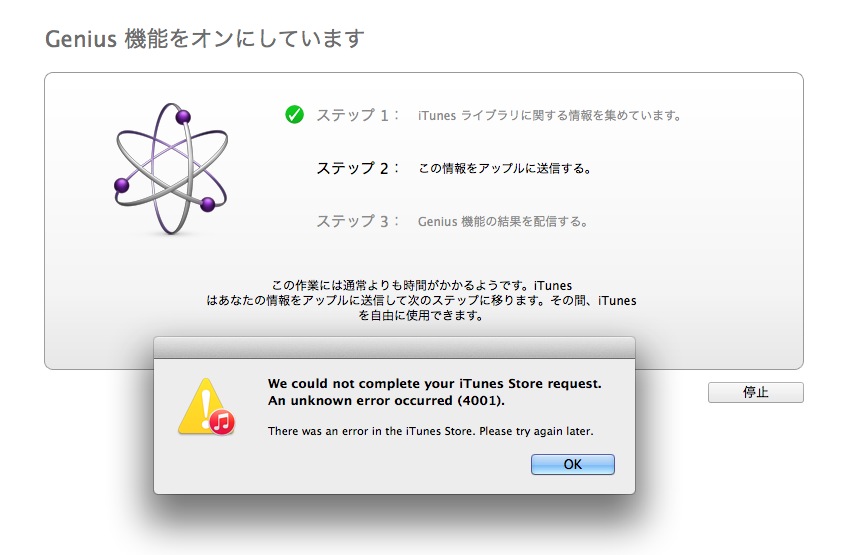


#Ivolume for pc drivers
You should know that all programs and drivers installed after the selected date and time may not work properly and may need to be re-installed. Select a date and time from the list and then click Next. Select Choose a different restore point and click Next.į. Click System Restore and the System Restore window will display.Į. The System Properties window will display.ĭ. On the left side of the System window, click System protection. On the desktop, right click Computer and select Properties. Close all files and programs that are open. You should backup your personal files and data before doing a System Restore. If you have created a system restore point prior to installing a program, then you can use System Restore to restore your system and completely eradicate the unwanted programs like iVolume. System Restore is a utility which comes with Windows operating systems and helps computer users restore the system to a previous state and remove programs interfering with the operation of the computer. Method 3: Uninstall iVolume via System Restore. Double click on its uninstaller and follow the wizard to uninstall iVolume. Go to the installation folder of iVolume. You can find this files in the installation folder of iVolume. Most of computer programs have an executable file named uninst000.exe or uninstall.exe or something along these lines. Method 2: Uninstall iVolume with its uninstaller.exe. Look for iVolume in the list, click on it and then click Uninstall to initiate the uninstallation. Open WinX menu by holding Windows and X keys together, and then click Programs and Features.ī. So when you want to uninstall iVolume, the first solution is to uninstall it via Programs and Features.Ĭlick Start, type uninstall a program in the Search programs and files box and then click the result. When you want to uninstall the program, you can go to the Programs and Features to uninstall it. When a new piece of program is installed on your system, that program is added to the list in Programs and Features. Method 1: Uninstall iVolume via Programs and Features. Method 7: Uninstall iVolume with Third-party Uninstaller. Method 6: Use the Uninstall Command Displayed in the Registry. Method 5: Reinstall iVolume to uninstall. Method 4: Uninstall iVolume with Antivirus. Oh well, can't have my cake and eat it too, I guess.Recommended Method: Quick Way to Uninstall iVolume Method 1: Uninstall iVolume via Programs and Features. Unfortunately though, about a third of my files are in Apple lossless (ALAC) format, which AACgain doesn't support. Luckily I stumbled upon the AACgain script for iTunes ( ), which does include an undo function, and appears to work in the same manner as MP3gain.
#Ivolume for pc Pc
It worked great, and was effective at reducing the volume coming out of the iPod's lineout, but I didn't like the fact that it didn't support AAC and had no "restore" function (unlike the PC version). I had previously used MacMP3gain (based on MP3gain for the PC), which works completely different than iVolume in that it writes to the file's "frame gain" field, which apparently is more universally understood by various players/software, and doesn't touch the volume slider tag. While this might have been okay (bass rolloff - and possibly EQ distortion - were no longer an issue), the lineout signal coming through the PocketAmp is just too hot for my super sensitive E4's (even with the volume knob turned up just barely enough to get a balanced sound).
#Ivolume for pc full
Much to my dismay, the iPod ignored all my iVolume settings and decided to play everything at full volume out of the lineout jack, regardless of what the volume tag indicated!
#Ivolume for pc portable
But then I decided to venture into the world of portable amps and picked up a PocketAmp v2 and a Sik Ram Din (partly in an effort to alleviate the infamous iPod bass rolloff issue). Initially, it worked great when using my E4's out of the headphone jack. I initially wanted to use it to reduce the volume on all my files to make the iPod equalizer more useful. I discovered something interesting when using iVolume.


 0 kommentar(er)
0 kommentar(er)
